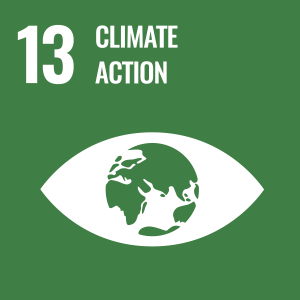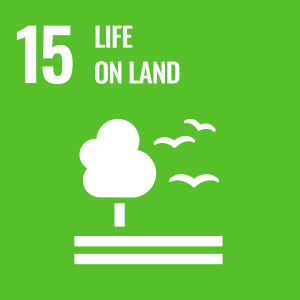
Abhijith Kooloth Valappil
Academic and research departments
Global Centre for Clean Air Research, School of Sustainability, Civil and Environmental Engineering.Sustainable development goals
My research interests are related to the following:





Publications
Green-blue-grey infrastructure (GBGI) offers environmental benefits in urban areas, yet its impact on air pollution is under-researched, and the literature fragmented. This review evaluates quantitative studies on GBGI's capability to mitigate air pollution, compares their specific pollutant removal processes, and identifies areas for further investigation. Of the 51 GBGI types reviewed, only 22 provided quantitative pollution reduction data. Street trees and mixed-GBGI are the most studied GBGIs, with efficacy influenced by wind, GBGI type vegetation characteristics, and urban morphology. Negative percentages denote worsening air quality, while positive reflect improvement. The 22 different GBGI grouped into eight main categories provide an average (±s.d.) reduction in air pollution of 16±21% , with substantial reduction shown by linear features (23±21%), parks (22±34%), constructed GI (14±25%), and other non-sealed urban areas (14±20%). Other individual GBGI reducing air pollutants include woodlands (21±38%), hedges (14±25%), green walls (14±27%), shrubland (12±20%), green roofs (13±23%), parks (9±36%), and mixed-GBGI (7±23%). On average, GBGI reduced PM1, PM2.5, PM10, UFP and BC by 13±21%, 1±25%, 7±42%, 27±27% and 16±41%, respectively. GBGI also lowered gaseous pollutants CO, O3 and NOx by 10±21%, 7±21% and 12±36%, on average, respectively. Linear (e.g., street trees and hedges) and constructed (e.g., green walls) features can impact local air quality positively or negatively, based on the configuration and density of the built environment. Street trees generally showed adverse effects in street canyons and beneficial outcomes in open-road conditions. Climate change could worsen air pollution problems and impact GBGI effectiveness by shifting climate zones. In Europe and China, climate shifts are anticipated to affect 8of the 22 GBGIs, with the rest expected to remain resilient. Despite GBGI's potential to enhance air quality, the meta-analysis highlights the need for standardised reporting structure or to enable meaningful comparisons and effectively integrate findings into urban pollution and climate strategies.
The fast-growing sensing technology means there is an extensive range of low-cost indoor air quality (IAQ) devices or sensor modules readily available on the commercial market. However, less attention has been paid to exploring people’s perceptions and responses to indoor air pollution. Such knowledge is deemed important for improving the design of future IAQ sensors, enhancing public awareness and providing guidance on ways to improve indoor environmental conditions. This study aimed to explore people’s perceptions and responses to IAQ under different quasi-experimental environmental conditions and levels of information. The study is reported from the perspective of 16 staff and students at a UK university, held within a prototype smart and modular home built on campus. It compares questionnaire survey responses and focus group interview discussions with actual IAQ concentrations and other influential indoor parameters (indoor air temperature and relative humidity). Study outcomes revealed the importance of understanding contextual factors when developing feedback and communication strategies to best improve people’s awareness, acceptance, and behavioural responses to IAQ. Findings highlight the usefulness of focus group discussions in the design of future IAQ sensors.

